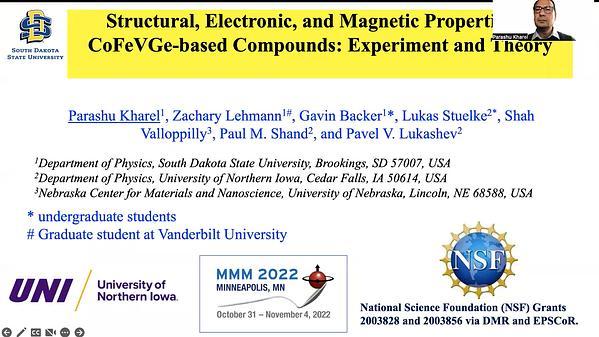
Premium content
Access to this content requires a subscription. You must be a premium user to view this content.

technical paper
Two dimensional van der Waals topological materials for SOT
The non-volatile spin-orbit torque (SOT)-MRAM is emerging as key enabling low-power technologies, which are expected to spread over large markets from embedded memories to the Internet of Things. Concurrently, the development and performances of devices based on two-dimensional (2D) heterostructures bring ultra-compact multilayers with unprecedented material-engineering capabilities. We first discuss an overview of the current developments and challenges in the field, and then outline the opportunities which can arise by implementing 2D materials into SOT-MRAM technologies (Fig. 1) 1. We highlight the fundamental properties of atomically smooth interfaces, the reduced material intermixing, the crystal symmetries, and the proximity effects as the key drivers for possibly disruptive improvements for SOT-MRAM at advanced technology nodes.
Among various spin source materials, the 2D van der Waals topological materials such as topological insulators and Weyl semimetals, have attracted considerable attention because of their non-trivial band structures with strong spin-orbit coupling and expected giant SOT. Therefore, topological materials are regarded as promising candidates for future energy-efficient SOT device applications. However, some related physical, material, and device issues still need to be addressed. We review recent advances regarding the charge-to-spin conversion and SOT-driven magnetization switching based on the emerging 2D van der Waals materials, with an emphasis on topological insulators and Weyl semimetals, and present our perspective on practical SOT device applications using this emerging family of quantum van der Waals materials. Specifically, we show our SOT-related experimental advances that have been made in the topological material/ferromagnet heterostructures and devices, involving the giant SOT characterizations, interfacial Edelstein–Rashba effect, Dzyaloshinskii–Moriya interaction (DMI) and interfacial spin transmission. Furthermore, we highlight the highly efficient SOT-driven magnetization switching at room temperature based on 2D van der Waals heterostructures, along with the wafer-scale films prepared with industry-compatible techniques, such as molecular beam epitaxy, magnetron sputtering, and chemical vapor deposition. We anticipate that these studies will deepen the understanding of SOT on 2D van der Waals heterostructures and guide the design and applications of high-performance 2D material-based SOT devices.
References:
1 H. Yang et al., “Two-dimensional Materials Prospects for Non-volatile Spintronic Memories” Nature 606, 663-673 (2022)


